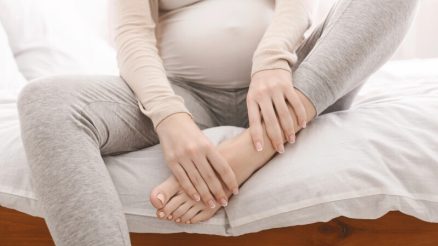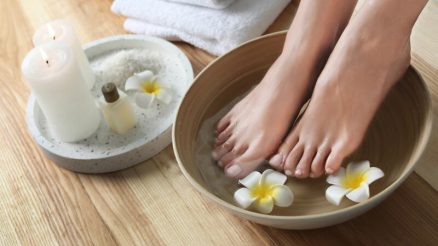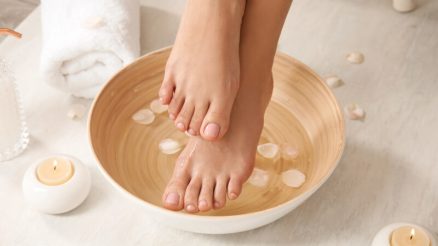Orthopedic Devices and Footwear

- Proper Footwear: Always wear shoes with a wide, deep toe box and low heels. Choose shoes that match your foot’s shape: they should have a broad forefoot, plenty of room across the toes, and a snug heel counter. Avoid narrow, pointy, or high-heeled shoes – these squeeze the bunion and increase pressure. Consider buying one size larger or using a stretcher to expand existing shoes at the bunion area.
-
How it helps: Proper shoes relieve constant pressure on the bunion, immediately reducing pain while walking. Good shoes also support normal foot mechanics.
-
Pros: One of the most effective first steps; helps prevent aggravation of the bunion. Readily adjustable by switching shoe style.
-
Cons: May be difficult to find stylish wide shoes; can be inconvenient if you have many narrow shoes. Doesn’t correct the deformity, only prevents worsening.
-
-
Padding and Bunion Shields: Soft silicone or gel pads (often called bunion pads or shields) are placed over the bump inside the shoe to cushion it. Moleskin or foam doughnuts around the bunion also spread pressure away from the area.
-
How it helps: The padding reduces skin irritation and pain from shoe rubbing. It also provides a slight cushion, which can ease walking.
-
Pros: Inexpensive, easy to use (available OTC). Immediate comfort boost if shoes are rubbing.
-
Cons: Can only be worn if the shoe is roomy enough (padding itself adds bulk). Pads do not fix toe alignment and might even add pressure on the bone if ill-fitted.
-
-
Arch Supports and Orthotic Insoles: Over-the-counter or custom orthotic inserts placed in shoes can correct excess foot pronation and distribute weight more evenly. Full-length orthotics with good arch support are especially recommended. These devices can either be bought generic at pharmacies or custom-made by a podiatrist.
-
How it helps: Orthotics change foot biomechanics, taking stress off the big toe joint. They can slow bunion progression by supporting proper alignment and offloading pressure. Some evidence shows orthotics with toe separators relieve pressure and pain.
-
Usage: Wear them daily in your supportive shoes. It may take a few weeks to notice full comfort.
-
Pros: Can significantly relieve forefoot pain and fatigue. Custom orthotics are molded to your foot.
-
Cons: Off-the-shelf inserts may not fit everyone perfectly. Custom orthotics can be costly. They may require a break-in period and won’t visibly change the bunion.
-
-
Toe Separators and Bunion Splints: Devices like gel toe spacers, toe-straightening splints, and toe-alignment braces gently keep the big toe in a straighter position. Some people wear foam spacers between the big and second toes during the day, or a rigid splint at night to hold the toe.
-
How it helps: These tools spread the toes and prevent crowding, which can relieve pain and help maintain alignment. A 2021 review found that using a toe separator (with an orthotic) produced more pressure relief than orthotic alone. Clinical studies show toe-separator orthoses can modestly reduce the bunion (hallux) angle and significantly cut pain.
-
Usage: Daytime spacers can be worn under socks/shoes as tolerated. Night splints are typically worn 6–8 hours while sleeping. Follow the device instructions carefully.
-
Pros: Non-invasive; may gradually improve toe alignment and comfort. Many users report pain reduction.
-
Cons: Evidence of long-term correction is limited. Brace/splint comfort is often poor (some find them stiff or irritating). They must be worn consistently (which some find inconvenient). Important: As AAOS notes, braces and splints “have not been shown to permanently fix bunions” – they offer relief, not a cure.
-








